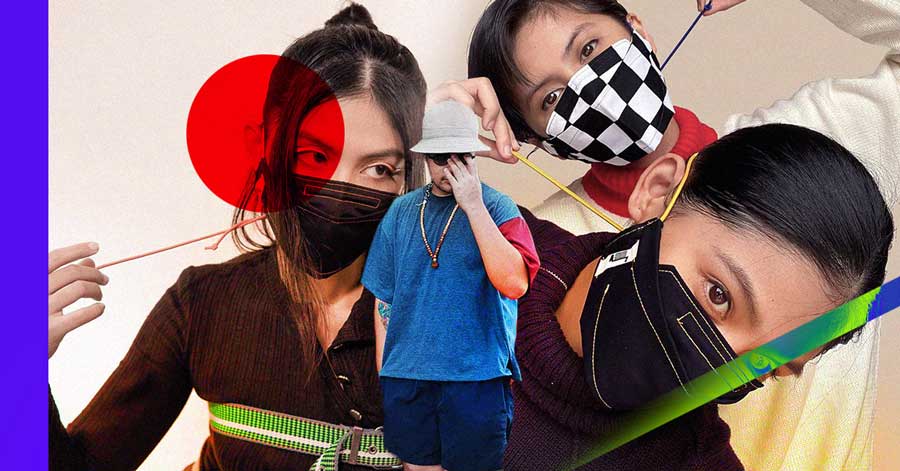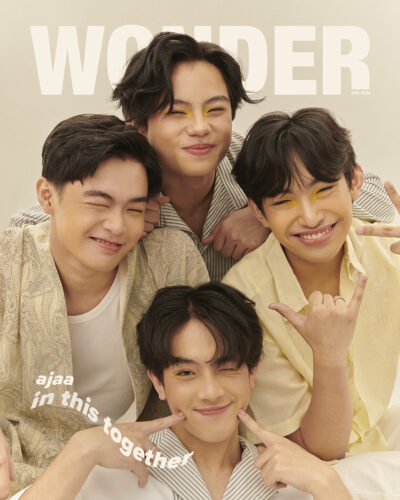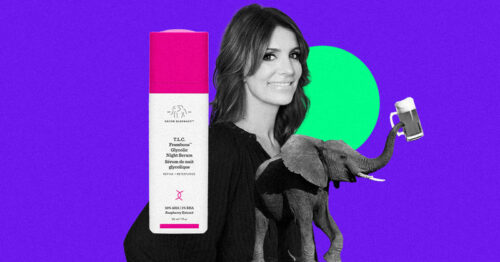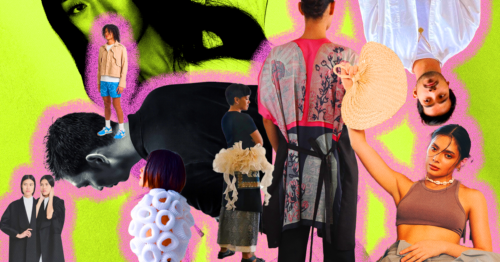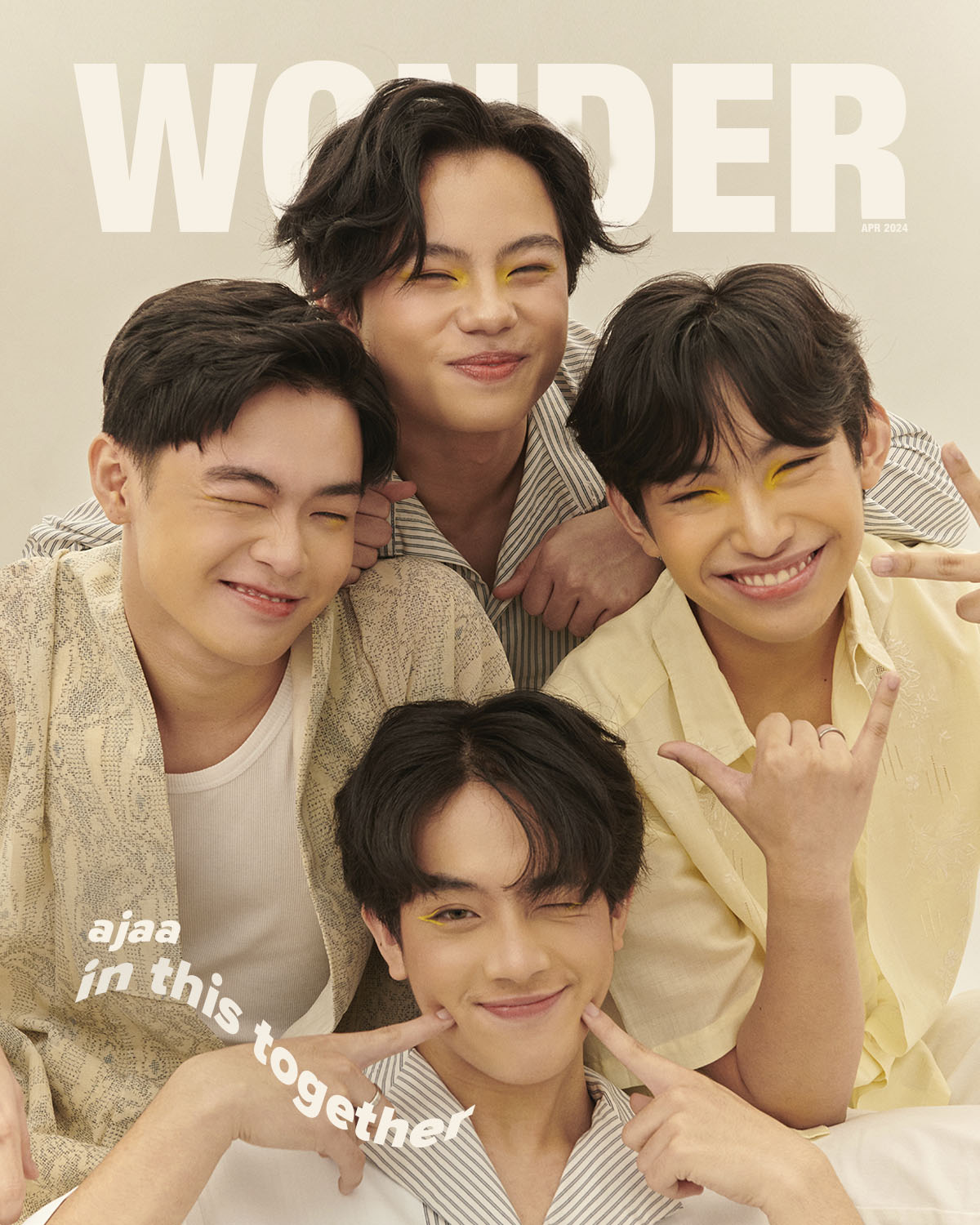“I couldn’t just allow myself to create something using my old thought process––especially not in these pressing times.”
Imagine running your own startup. Imagine following a year that showed promise with one greeted by a pandemic. As unnerving as the mere thought might be, this is the reality for budding fashion designers and owners of independent fashion brands.
The pandemic at large has not only put a halt on their plans (they might have showcased a new collection at a fashion show by now, the traditional way to get press and exposure); it has completely changed the way their businesses operate––right now and perhaps until further notice––down to the way they see fashion altogether.
For fashion design students and aspiring designers, this may bring up the question: where does that leave me and my hopes of one day starting a fashion brand? Ahead, two designers Karl Guerra and Angelica Alvarez provide the answers and fill us in on what it’s like to run a fashion business during the COVID-19 pandemic.
Karl Guerra, 28
SUOT
On the birth of his genderless fashion brand: I started SUOT in October last year because I needed a creative outlet. It was a point in my life where I felt like I needed to make something.
My first couple of projects for SUOT were handcrafted necklaces and bracelets that I thought were unique; eventually, I transitioned into making unisex clothes that are not easy to find in our local market. I’m into super boxy and baggy pieces that are mostly neutral colors so it can be incorporated into any outfit. As a designer, I’m not too big on logos and prints––I think color coordination and proportion are essential to pulling off a great look. These, plus quality and comfort, make the main idea behind SUOT.
On releases in the pipeline: I’ve released two collections for SUOT so far that I’m really happy about. Currently, I’m working on some accessories and planning pieces for the rainy, chilly weather ahead. I can’t reveal much right now, but it’ll be amazing.
On hurdles encountered while sustaining a fashion brand during the pandemic: I would normally go to my supplier myself to make sure I get the right stuff. So sourcing fabric and other materials right now is definitely my main challenge. Since some of these suppliers have opened and made their products accessible online, I’m now able to get the things I need without having to go to their stores or warehouses physically. Keeping everything sanitary is my top priority––from production to distribution.
On the pandemic changing his perspective as an owner of a fashion business: The COVID-19 pandemic has made me more conscious about sustainability. The world is going through a lot and I, as a designer and business owner, don’t want to contribute more waste.
At SUOT, we make sure to upcycle scraps from our releases and turn these into other wearable pieces.
On listening to his brand’s loyal supporter base: I’ve learned to value the interactions between me and the people who [follow and] support the brand––now more than before. I make it a point to always engage with them and find out what they like about fashion as well.
On what he would have done differently to safeguard his brand: I would have been more focused on functionality and sustainability. Also, I would have secured essential materials [with regard to thinking long-term] and would have made designs for healthcare workers braving the front lines.
(A message to everyone: I know we’ll get through this. Stay safe and healthy folks!)
Angelica Alvarez, 22
A-Z
On tweaking goals in order to adapt: Fashion shows, photoshoots and collaborations for A-Z are either delayed or cancelled. At the beginning of the pandemic, I felt a sense of responsibility and urgency as a designer. I had to put well-being first and work around that. I used to design with the main intent to evoke emotion––without thinking about external factors like weather conditions, differing lifestyles or age, for example.
In quarantine, I earned a better understanding of what it truly means to be inclusive. Now more than ever, we are connected because we share a common denominator. I couldn’t just allow myself to create something using my old thought process––especially not in these pressing times.
On life as a creative not being a straight, neat path: To be honest, I was on the verge of discontinuing A-Z. Earlier this year, I began pursuing a different passion: my art. I was busy with my personal brand; creating framed hand-drawn prints, exploring different mediums and even sculpting. But as the pandemic arose, I grew restless. I was inclined to create with a more urgent purpose. All I could think about was, “How can I help even in the littlest way amidst all of the chaos?” which led me back to fashion and A-Z.
On ensuring that A-Z addressed a pressing need without style getting in the way of substance: This is an era where people are becoming more conscious about [pressing social] issues. I also had to think about the consumer’s new thought process: that people value necessity and practicality above all other things at the moment.
The first necessity that came into mind was the face mask, so I based my questions and research on that. I surveyed friends, relatives and stepped out of my comfort zone in terms of communication. I wanted to design something that boosts a person’s sense of individuality and that sparks joy without sacrificing their safety. Many adrenaline-filled nights and prototypes later, A-Z designer masks came about. I’m thankful for those who agreed to help me out and test my products for user experience. Their feedback really helped make my masks as effective as they are now.
On #wearAtoZforacause and partnering with JCI Manila: Contributing to a cause has always been a dream of mine; I was once an active member of a youth group where our outreach activities were very close to my heart. During the pandemic, I had conversations with several designers on what we could do to move us forward. Migi Gabrino was one of them. I was surprised that he wanted to partner with me for his cause, Marawi and Beyond, after two weeks of selling A-Z masks.
On making room for inspired design: I created three different versions of the mask. The woven version, in particular, was inspired by the Marawi weavers (finding that fabric was heaven-sent!). Slowly, we started to expand our team to ensure that we could accommodate a larger volume orders without sacrificing quality. To my surprise, we have sold 200 masks––and counting! We’re proud just knowing that we’re slowly achieving our mission.
On working toward a bigger purpose: After the Battle of Marawi, the five-month-long armed conflict in Lanao del Sur, there was this massive displacement of communities. This is what we are hoping to help rehabilitate through a livelihood center. This will generate opportunities, create a sustainable and affordable source of food, clothing, and entertainment for the members of the community.
Contributing to this cause in this way is beyond anything I could have ever done on my own.
RELATED: Learn How To Wisely Manage Your Money With These Cash Management Tips
We’ve said it once and we’ll say it again: if you’re all for helping the local economy bounce back, put your money where your mouth is and shop local brands like the ones featured above. Just in case, here are four others for your consideration.
Art Matthew Ian Fetalver


